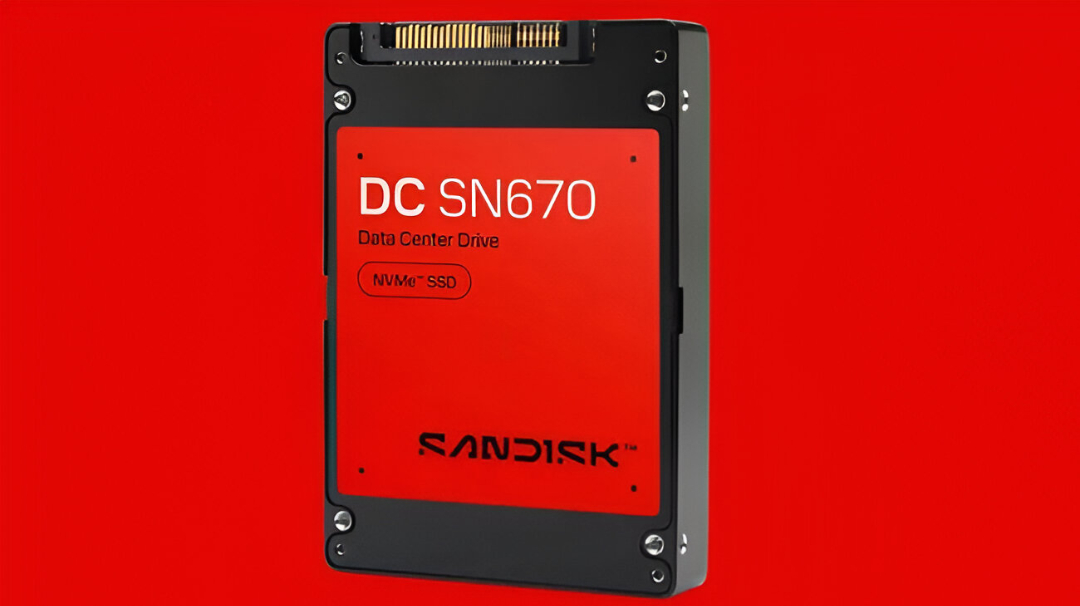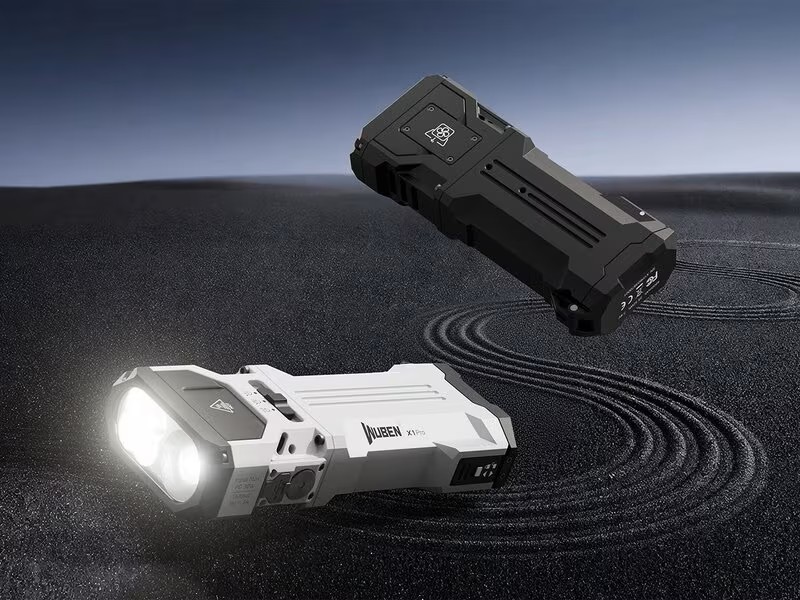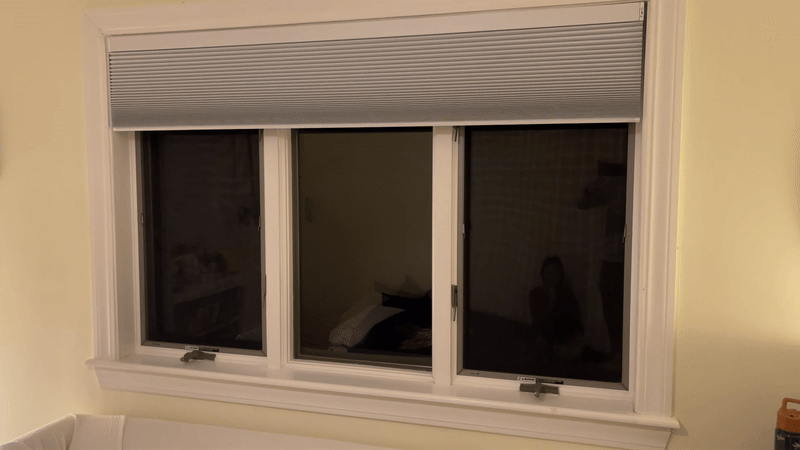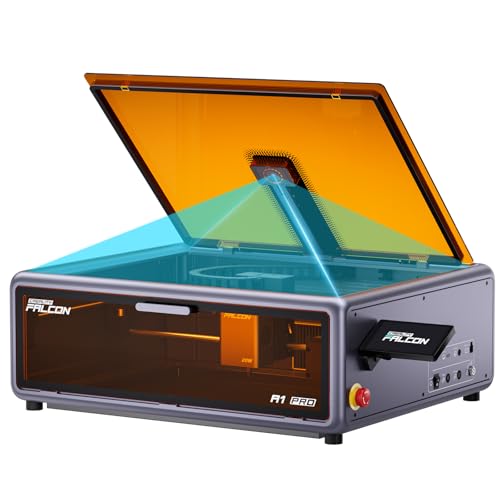SanDisk has unveiled an ambitious storage roadmap that has data center managers taking notice. Their newly announced “Stargate” SSD architecture plans to deliver 512TB solid-state drives by 2027 – storage capacities that make today’s largest consumer drives seem quaint by comparison.
The announcement comes as SanDisk charts its course following its spinoff from Western Digital. During a recent investor Q&A session, CEO David Goeckeler emphasized, “We are excited to embark on this new chapter for Sandisk.”
Storage That Defies Imagination
To put these capacities in perspective: a 512TB drive could theoretically store hundreds of millions of photos or thousands of hours of 4K video. While enterprise SSDs are considerably larger than consumer models, achieving these capacities in a single drive represents a remarkable advancement in storage density, hinting at a future where even extreme data storage could join the ranks of pocket-sized travel essentials.
SanDisk isn’t waiting until 2027 to deliver improvements, either. According to their roadmap, they’re planning to release 64TB and 128TB enterprise drives by Q3 2025, with performance improvements that include 68% faster random reads and 55% faster writes than current competing enterprise options.
Breaking Down the Technology
What makes these storage advancements possible is SanDisk’s approach to QLC (Quad-Level Cell) memory. Like a chef who somehow fits four distinct flavors into a single bite without compromise, Stargate stores four bits of data in each memory cell while maintaining acceptable performance levels. Blocks and Files notes, “The UltraQLC angle refers to the controller having hardware accelerators, being scalable to the 64 Die/Channel level, able to scale power according to workload demand, and including an ‘integrated advanced toggle mode bus Mux control.”
The architecture scales this approach to previously unheard-of levels – managing up to 64 dies per channel across 32 channels. For comparison, typical consumer SSDs only offer eight channels or fewer, which is like comparing a neighborhood street band to a full symphony orchestra.
The Enterprise Edge
Industry analysts note that previous QLC implementations have struggled with performance trade-offs at high capacities. According to SanDisk’s technical briefings, addressing these performance challenges while scaling capacity is a central achievement of the Stargate architecture.
Don’t clear space in your PC just yet. This technology will remain enterprise-exclusive for the foreseeable future, primarily aimed at AI companies and cloud providers whose appetites for data storage continue to grow exponentially. Consumer storage will remain in the single-digit terabyte range for now.
The Future in Your Pocket?
But technology has historically trickled down from enterprise to consumer markets. Remember when a 128GB SSD cost more than your monthly rent? Today’s affordable 2TB drives were enterprise-only luxury items just five years ago. By the end of this decade, significantly higher capacities could potentially reach mainstream devices.
For businesses managing massive datasets for AI training and high-resolution video processing, SanDisk’s Stargate roadmap represents a promising solution to the ever-increasing demands of our data-saturated digital economy.





























